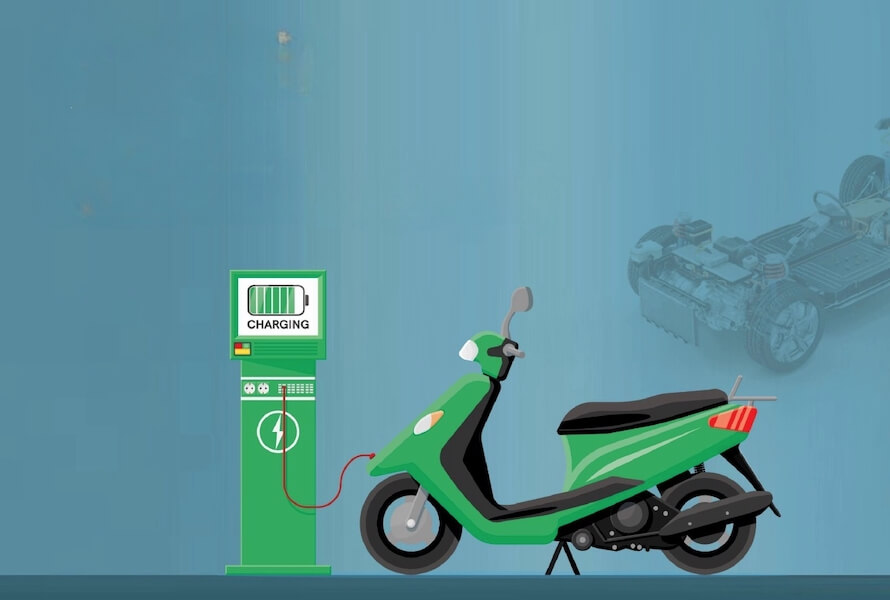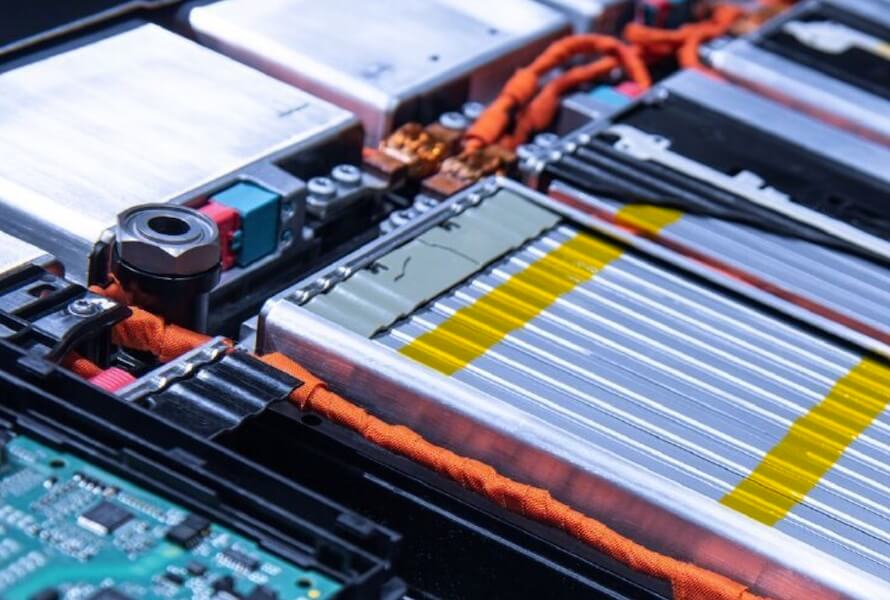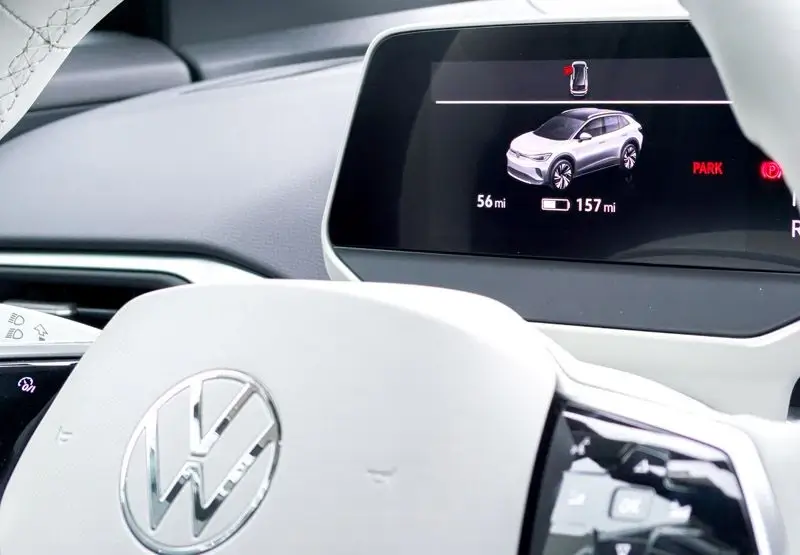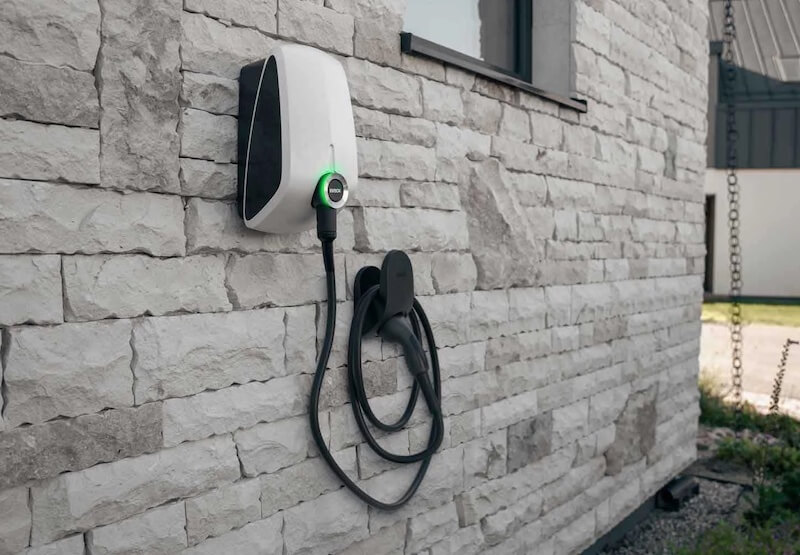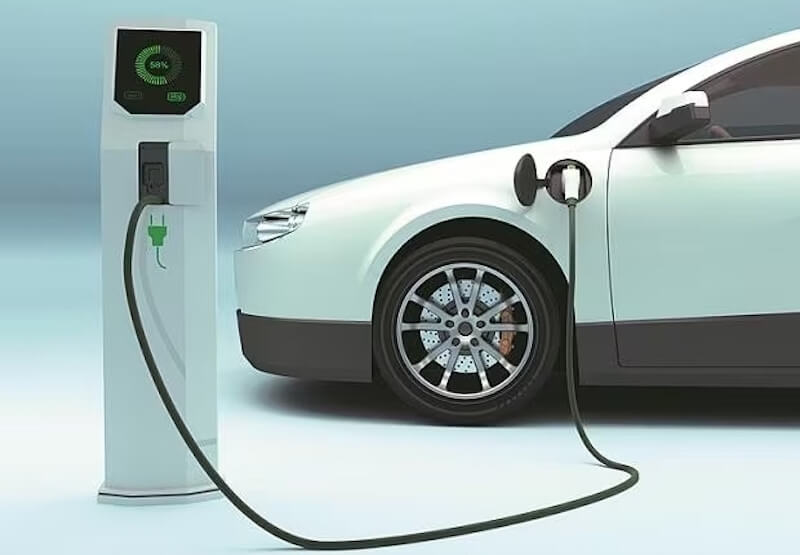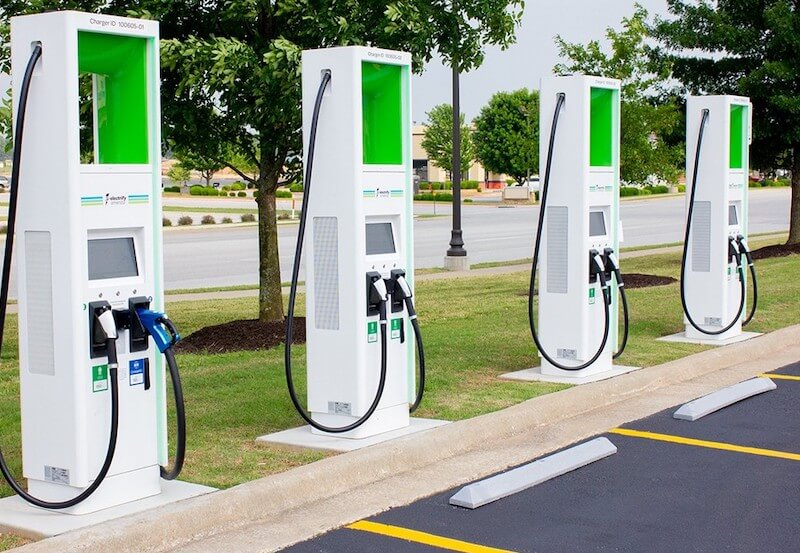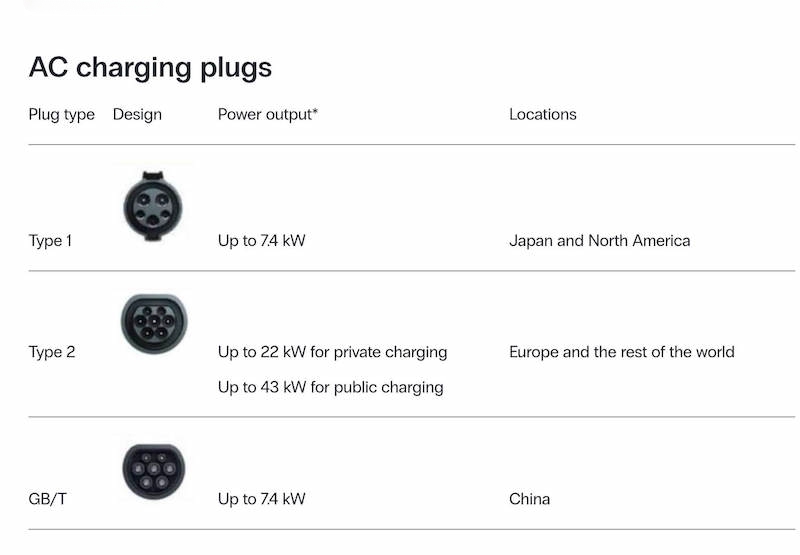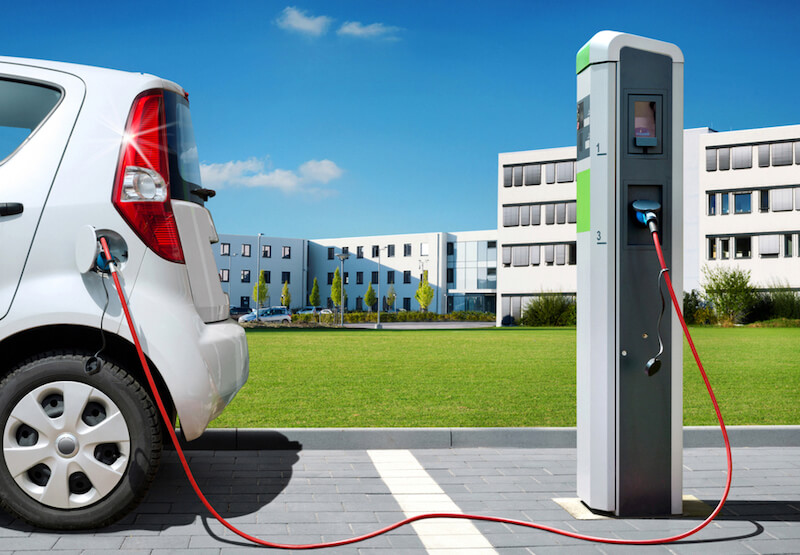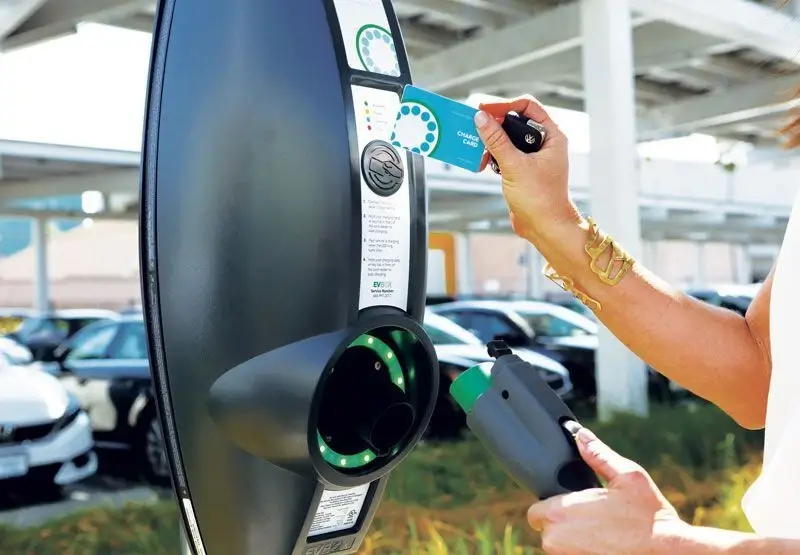
How much does it cost to charge an electric car?
Jan 2, 2023
Cost to charge electric car
Just like with how long it takes to charge an EV, the cost of charging depends on multiple variables including where you charge it, or the type of vehicle you drive.
Before we get into it in greater detail, here are the approximate costs of charging four different size vehicles (with battery packs from small to large), at three different types of charging stations, so that you can get a ballpark idea of charging costs for your new EV....
